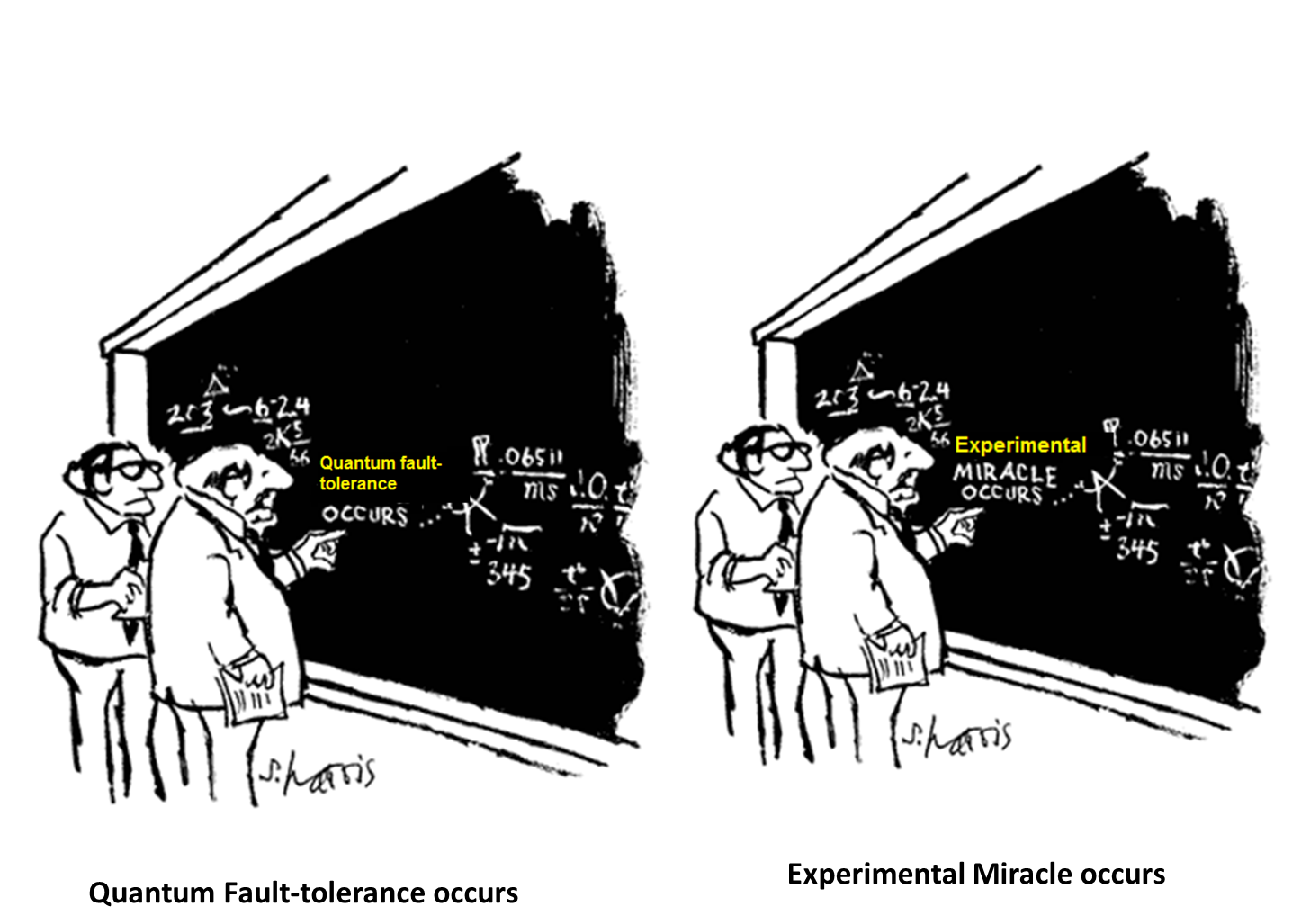Nuclear power is irrelevant to Australia
My UQ economics colleague John Quiggin has an excellent article, Tell 'em there dreaming. He argues convincingly that nuclear power is irrelevant to reducing carbon emissions in Australia. The argument is purely pragmatic. We currently have no commercial nuclear power plants, no nuclear industry, and no legislative or regulative framework. Even in the most optimistic scenario [including the highly unlikely prospect of a groundswell of popular and political support for an ambitious nuclear program] it would be around 2040 before any actual electricity would come onto the grid. That is too late. Aside: the title of the article is an allusion to a famous line in a cult classic Australian movie, The Castle. If Americans want to really appreciate that Australia is a very different culture they should watch this movie with a group of Australians. The Aussies will be dying with laughter and the Americans will be wondering what is so funny.






